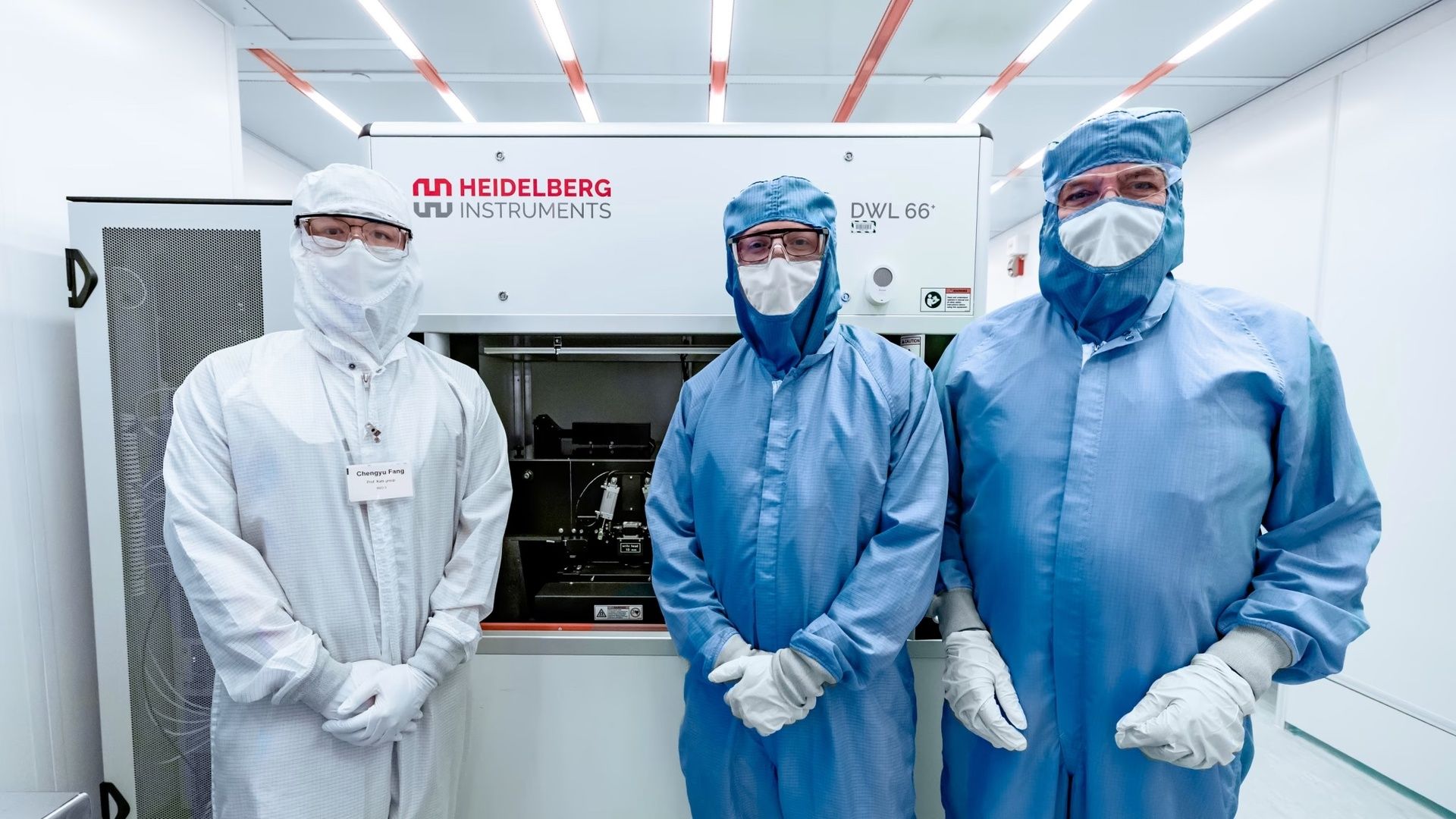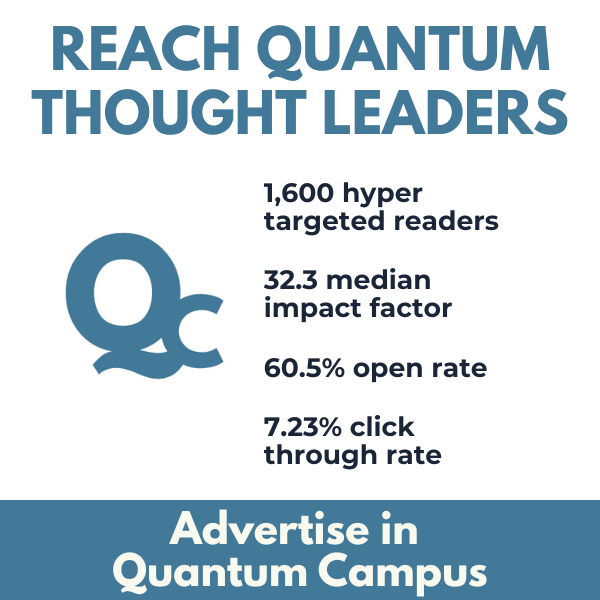- Quantum Campus
- Posts
- 'Tilts toward AI and quantum?' Study of NSF's Grad Research Fellows in Science
'Tilts toward AI and quantum?' Study of NSF's Grad Research Fellows in Science
Plus: New method for trapped neutral atoms & Quantum virtual machines

This is a preview issue of Quantum Campus, which shares the latest in quantum science and technology. Read by more than 1,600 researchers, we publish on Fridays and are always looking for news from across the country. Want to see your work featured? Submit your ideas to the editor.
GRFP
The most recent cohort of students awarded the National Science Foundation’s Graduate Research Fellowships Program is substantially different than the cohort announced in April, according to a study by former directors of the program and reported in Science. “[T]he new distribution appears to align with President Donald Trump’s push to prioritize artificial intelligence and quantum information science,” the magazine said. “Some scientists worry it may also reflect Trump’s opposition to any federal investments that broaden participation in science.”
About 20 percent of April recipients were life scientists; none in the June cohort were. Less than 2 percent of the June cohort were social scientists, and only 5 percent were geoscientists.
Meanwhile, 85 percent of the June cohort was made up of computer scientists, physicists, and engineers. Candidates in these fields had markedly higher success rates than eligible candidates in other fields.
The study was completed by Gisele Muller-Parker and Susan Brennan. Read about it in Science.
Virtual quantum machines
Columbia engineers introduced HyperQ, which would allow multiple users to share a single quantum computer through virtual machines, intelligently allocating resources and scheduling jobs.
“HyperQ brings cloud-style virtualization to quantum computing,” said Columbia’s Jason Nieh. “It lets a single machine run multiple programs at once — no interference, no waiting in line.”
This work was published as part of the Proceedings of the 19th USENIX Symposium on Operating Systems Design and Implementation.
New method for trapped atoms
A team at the University of Wisconsin Madison trapped two types of neutral atoms — grids of cesium and rubidium atoms that can be used as qubits — using a single laser and single micro-fabricated mask. The setup is much simpler and more cost-effective than previous means of generating trapped neutral atoms, according to the team, which includes Mikhail Kats and Mark Saffman and researchers at Infleqtion.
This work was published in Science Advances.

Image from University of Wisconsin.
Hubbard Model
Researchers at Harvard and the Flatiron Institute created a large-scale quantum-mechanical simulation of the Hubbard Model at a five-fold reduction in temperature compared to previous attempts. Harvard’s Markus Greiner called it “the most pristine artificial quantum system ever. [The new method] makes it possible for the first time to simulate materials far below room temperature, where new physics is expected to occur, and simulations on classical computers become extremely difficult. This is a huge breakthrough that research groups worldwide have been working toward for nearly 20 years.”
This work was published in Nature.
Quickbits
Quantum Campus is edited by Bill Bell, a science writer and marketing consultant who has covered physics and high-performance computing for more than 25 years. Disclosure statement.
